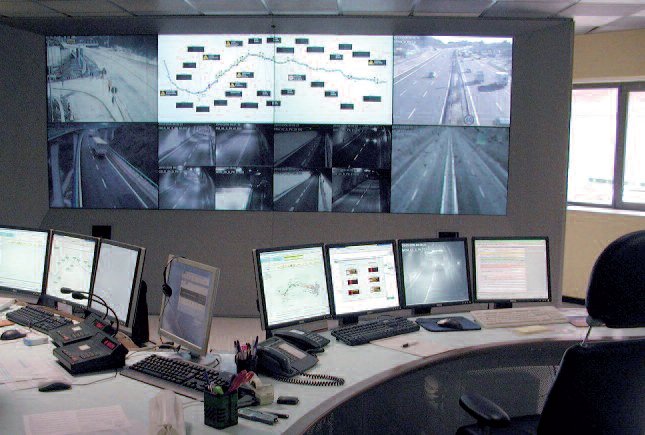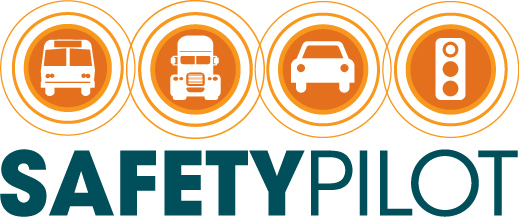Video: Glimpse of the future – A “beerside chat” featuring some of the best minds in transportation/automotive technology
This is a highly recommended viewing material if you are a transportation professional (or from any industry that touches up on transportation of people and goods). Why? Because it will help you understand what the future of transportation looks like and get you a glimpse of the challenges we will be tacking. Stimulating would be an understatement if you are a geek like me and this video gives you a lot to think about in terms of how to prepare yourself as a professional to operate/practice in this new paradigm.
Many of our decision-makers and old-school professional grunts, don’t have a clue of the seismic shift underway in the world of industry, dominated by the rapid advancement of automotive technology. Advanced technology-driven concepts such as connected vehicles, automated vehicles, Internet of Things, etc, that are already appearing on the horizon, we are about to experience something special. and these industry experts, in a very adorable and casual fashion, discuss some of the emerging trends and pressing issues (i.e, cyber security, customer acceptance, etc) over a beer. You may have already witnessed glimpses of this future with Tesla pumping our over-the-air updates to the vehicles, much like the updates for your cellular phone, to improve their performance. To summarize what’s ahead according to these guys,, the embedded software in a vehicle of tomorrow will be as much important as engine (or even more). So, if you are a transportation professional better learn to think like a software developer (and get yourself exposed to some programming languages while you are at it).







